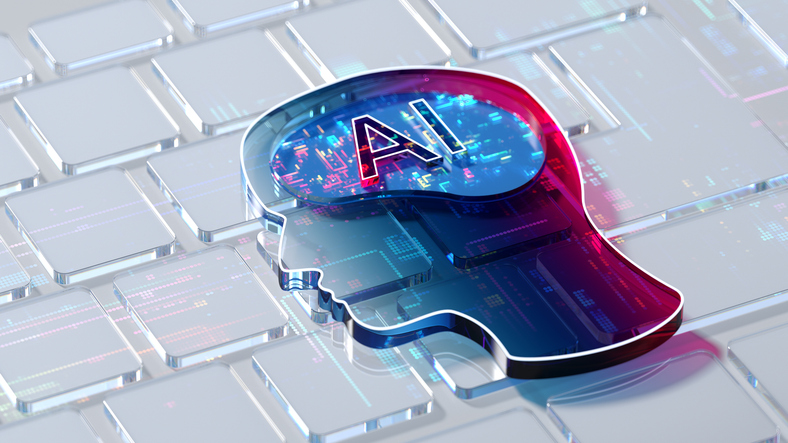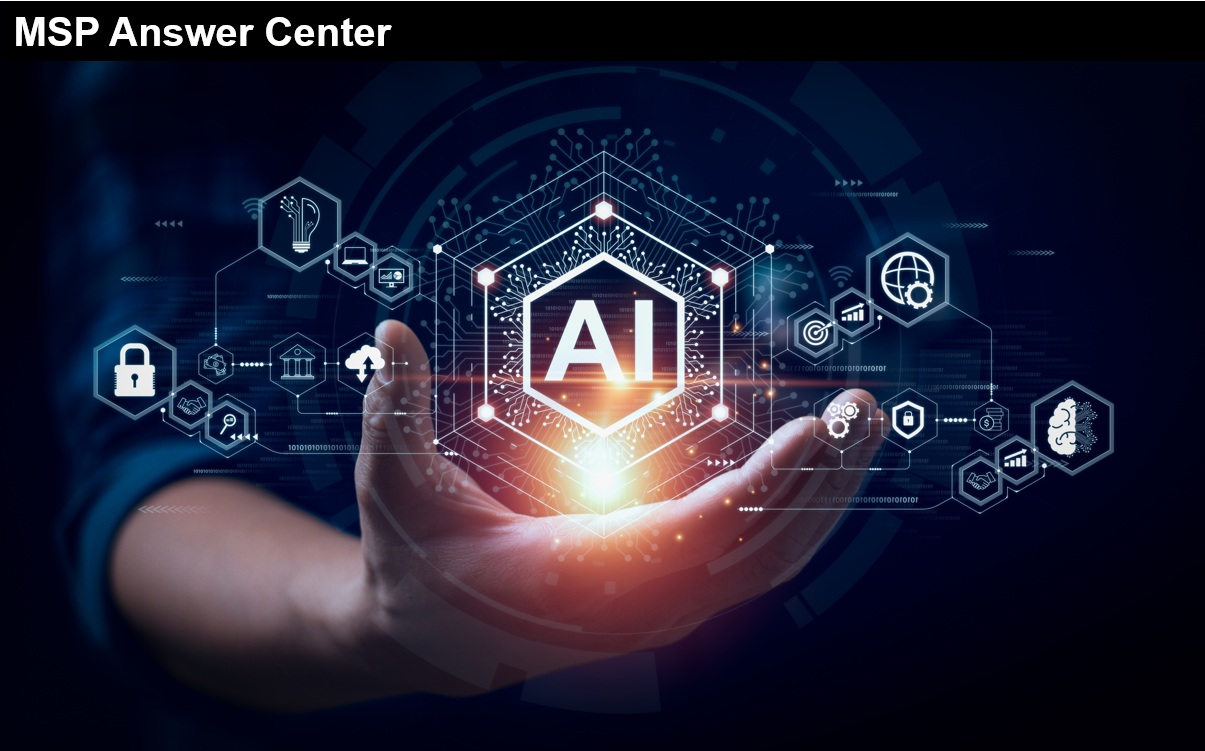Global business value derived from†artificial intelligence†(AI) is projected to total $1.2 trillion in 2018, an increase of 70 percent from 2017, according to Gartner, Inc. AI-derived business value is forecast to reach $3.9 trillion in 2022.
The Gartner AI-derived business value forecast assesses the total business value of AI across all the enterprise vertical sectors covered by Gartner. There are three different sources of AI business value: customer experience, new revenue, and cost reduction.
- Customer experience: The positive or negative effects on indirect cost. Customer experience is a necessary precondition for widespread adoption of AI technology to both unlock its full potential and enable value.
- New revenue: Increasing sales of existing products and services, and/or creating new product or service opportunity beyond the existing situation.
- Cost reduction: Reduced costs incurred in producing and delivering those new or existing products and services.
“AI promises to be the most disruptive†class of technologies during the next 10 years due to advances in computational power, volume, velocity and variety of data, as well as advances in deep neural networks (DNNs),” said†John-David Lovelock, research vice president at Gartner. “One of the biggest aggregate sources for AI-enhanced products and services acquired by enterprises between 2017 and 2022 will be niche solutions that address one need very well. Business executives will drive investment in these products, sourced from thousands of narrowly focused, specialist suppliers with specific AI-enhanced applications.”
AI†business value growth shows the typical S-shaped curve pattern associated with an emerging technology. In 2018, the growth rate is estimated to be 70 percent, but it will slow down through 2022 (see Table 1). After 2020, the curve will flatten, resulting in low growth through the next few years.
Table 1. Forecast of Global AI-Derived Business Value (Billions of U.S. Dollars)
†
|
† |
2017 |
2018 |
2019 |
2020 |
2021 |
2022 |
|
Business Value |
692 |
1,175 |
1,901 |
2,649 |
3,346 |
3,923 |
|
Growth (%) |
† |
70 |
62 |
39 |
26 |
17 |
†
Source: Gartner (April 2018)
“In the early years of AI,†customer experience†(CX) is the primary source of derived business value, as organizations see value in using AI techniques to improve every customer interaction, with the goal of increasing customer growth and retention. CX is followed closely by cost reduction, as organizations look for ways to use AI to increase process efficiency to improve decision making and automate more tasks,” said Mr. Lovelock. “However, in 2021, new revenue will become the dominant source, as companies uncover business value in using AI to increase sales of existing products and services, as well as to discover opportunities for new products and services. Thus, in the long run, the business value of AI will be about new revenue possibilities.”
Breaking out the global business value derived by AI type, decision support/augmentation (such as DNNs) will represent 36 percent of the global AI-derived business value in 2018. By 2022, decision support/augmentation will have surpassed all other types of†AI initiatives†to account for 44 percent of global AI-derived business value.
“DNNs allow organizations to perform data mining†and pattern recognition across huge datasets not otherwise readily quantified or classified, creating tools that classify complex inputs that then feed traditional programming systems. This enables algorithms for decision support/augmentation to work directly with information that formerly required a human classifier,” said Mr. Lovelock. “Such capabilities have a huge impact on the ability of organizations to automate decision and interaction processes. This new level of automation reduces costs and risks, and enables, for example, increased revenue through better microtargeting, segmentation, marketing and selling.”
Virtual agents†allow corporate organizations to reduce labor costs as they take over simple requests and tasks from a call center, help desk and other service human agents, while handing over the more complex questions to their human counterparts. They can also provide uplift to revenue, as in the case of roboadvisors in financial services or upselling in call centers. As virtual employee assistants, virtual agents can help with calendaring, scheduling and other administrative tasks, freeing up employees’ time for higher value-add work and/or reducing the need for human assistants. Agents account for 46 percent of the global AI-derived business value in 2018 and 26 percent by 2022, as other AI types mature and contribute to business value.
Decision automation systems use AI to automate tasks or optimize business processes. They are particularly helpful in tasks such as translating voice to text and vice versa, processing handwritten forms or images, and classifying other rich data content not readily accessible to conventional systems. As unstructured data and ambiguity are the staple of the corporate world, decision automation — as it matures — will bring tremendous business value to organizations. For now, decision automation accounts for just 2 percent of the global AI-derived business value in 2018, but it will grow to 16 percent by 2022.
Smart products account for 18 percent of global AI-derived business value in 2018, but will shrink to 14 percent by 2022 as other DNN-based system types mature and overtake smart products in their contribution to business value. Smart products have AI embedded in them, usually in the form of cloud systems that can integrate data about the user’s preferences from multiple systems and interactions. They learn about their users and their preferences to hyperpersonalize the experience and drive engagement.
Gartner clients can read more in the report†”Forecast: The Business Value of Artificial Intelligence, Worldwide, 2017-2025.”†This research is part of the Gartner Special Reports†”The Future of Work and Talent: Culture, Diversity, Technology”†and†”Deliver Artificial Intelligence Business Value.”†These research collections focus on the new relationship between technology and talent that transforms existing ways of working and doing business and how to exploit AI for major gains in business value.













